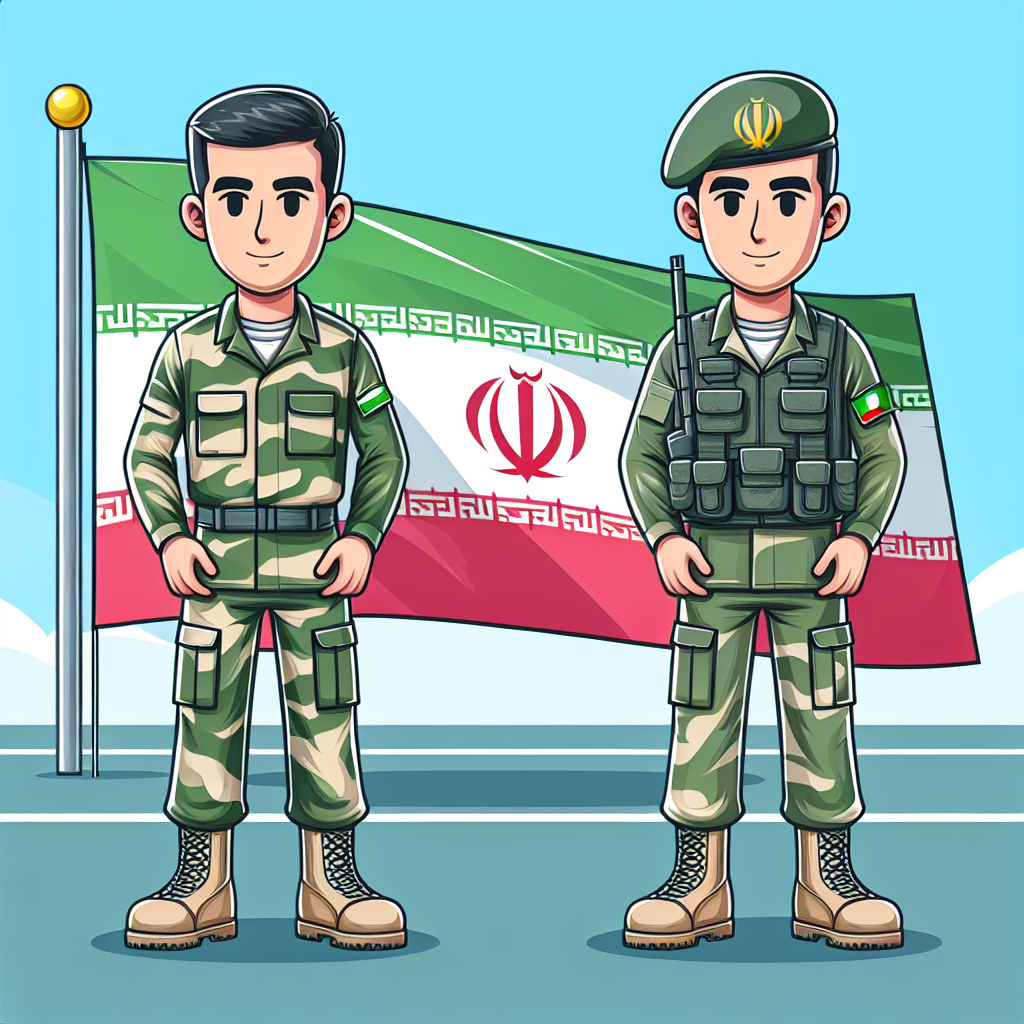Iran's Fraught Path: Regrouping in a Shifting Mideast Landscape
In the aftermath of a 12-day conflict with Israel, Iran's leadership faces immense challenges. With a weakened Revolutionary Guard and strained alliances, the focus now shifts to internal stability, military rebuilding, and nuclear policy decisions, while grappling with economic turmoil and domestic unrest.

- Country:
- United Arab Emirates
The conclusion of the recent 12-day conflict between Iran and Israel has left the Iranian leadership grappling with significant challenges. The airstrikes decimated much of Iran's Revolutionary Guard, depleting its military capabilities. Additionally, Iran's regional alliances, known as the 'Axis of Resistance,' are in disarray after Israel's rapid assaults.
Iran's Supreme Leader, Ayatollah Ali Khamenei, remains in isolation as the nation confronts the need for internal reorganization amidst economic challenges. With foreign support lacking, the leadership must navigate rebuilding its military while managing domestic discontent and energy crises, compounded by ongoing international sanctions.
The nuclear program stands at a crossroads, with some factions advocating for weapon development in the wake of exposed vulnerabilities. Khamenei faces a crucial decision between pursuing nuclear capabilities or resuming negotiations with the U.S. for potential sanctions relief, against a backdrop of economic instability and looming dissent.
(With inputs from agencies.)
ALSO READ
Escalating Conflict: Gaza Strikes and Ceasefire Efforts Intensify
Tensions Surge: Maritime Attacks in the Red Sea Amid Middle East Conflicts
Gadkari Warns of Global Conflict Amid Rising Superpower Tensions
How Linking Payment Platforms Boosted India’s Digital Economy and Credit Access
Countries which have major contributions to today's global economy not given place at decision making table: PM Modi at BRICS.










